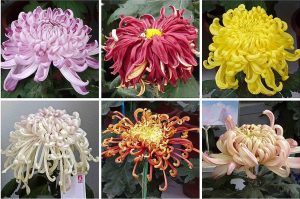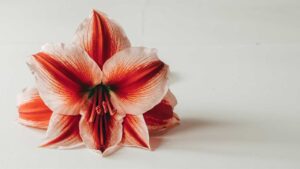Creating a rock garden is an art form that brings together the beauty of both nature and landscaping. The rocky terrain creates a stunning backdrop for a variety of vibrant, resilient wildflowers. These plants thrive in well-drained soil, tolerate dry conditions, and add color and texture to the landscape.
Let’s explore some fantastic wildflower options to consider for your rock garden, emphasizing the unique characteristics and benefits of each species.
Dianthus
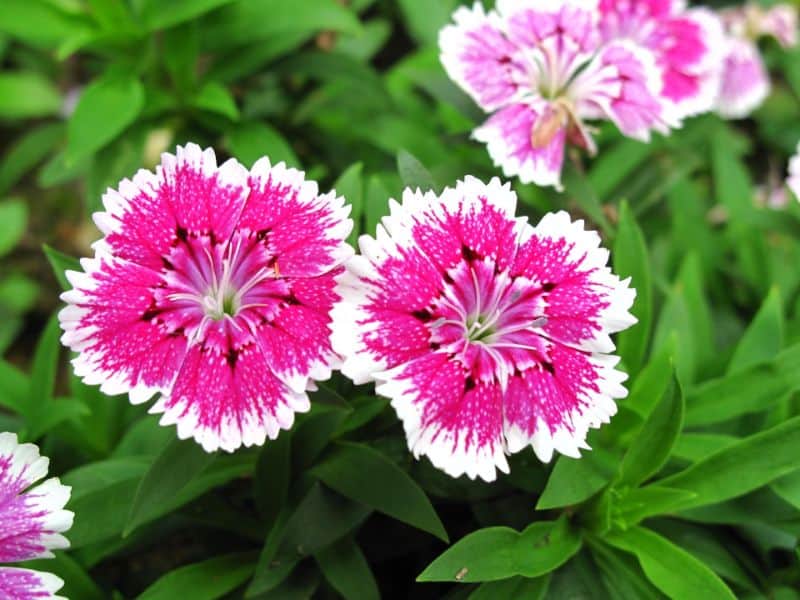
Dianthus, commonly known as pinks or carnations, boasts a diverse array of species that thrive in rocky environments. Their fragrant flowers, which can be pink, red, or white, bring a delightful scent to your garden while attracting pollinators. Generally, Dianthus prefers sunny areas with well-drained soil, making it particularly suitable for rock gardens.
One of the most popular varieties, Dianthus ‘Firewitch’, displays striking magenta blooms with jagged petals that elevate the visual appeal of your garden. Additionally, the foliage of Dianthus is often evergreen, providing year-round interest even when the flowers have faded. To ensure healthy growth, a light trimming in spring encourages dense growth and more abundant blooms.
Phormium
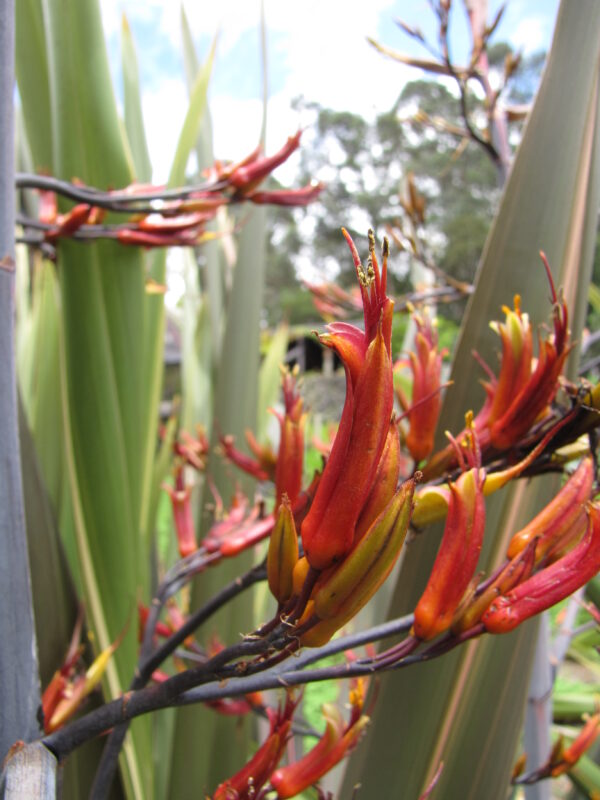
Phormium, or New Zealand flax, is not a traditional wildflower but rather an exceptional foliage plant that adds striking architectural interest to rock gardens. Known for its long, sword-like leaves, Phormium comes in various colors, including green, bronze, and variegated options.
These plants do well in full sun and can tolerate a range of soil types, although they thrive in well-draining conditions typical of rock gardens. Phormium’s dramatic presence, combined with its drought resistance, makes it an excellent choice for low-maintenance landscaping. While it typically doesn’t bloom frequently, when it does, tall flower spikes appear above the foliage, showcasing clusters of tubular flowers that are favored by nectar-loving birds.
Armeria
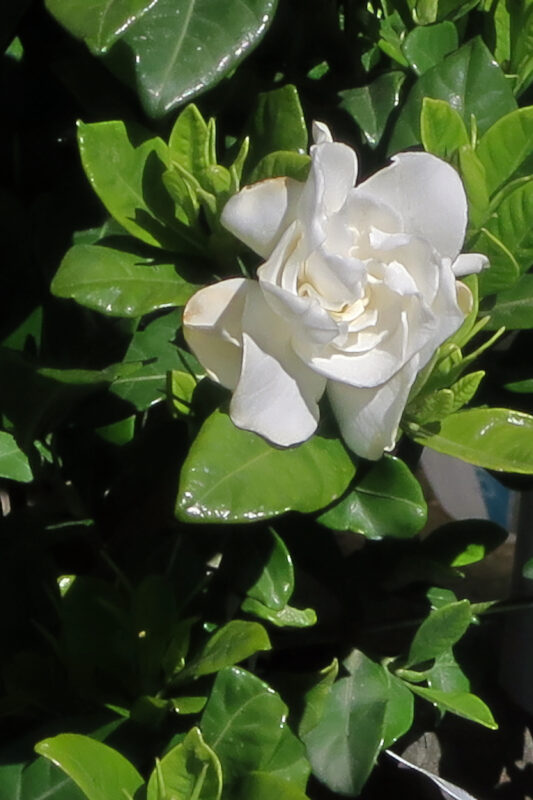
Armeria, commonly called sea thrift or lady’s cushion, is another excellent choice for rock gardens. This hardy perennial is particularly known for its tufted growth habit and charming globe-shaped flower clusters. Blooming predominantly in shades of pink and white, Armeria adds a soft touch to rocky landscapes.
These plants thrive in sunny locations and sandy soil, which makes them naturally suited for rocky environments. Armeria’s ability to tolerate salt makes it a favorite for coastal gardens, but it can adapt beautifully to more inland rock gardens as well. Once established, Armeria requires minimal care, making it a perfect candidate for novice gardeners seeking a picturesque yet low-maintenance option.
Thymus
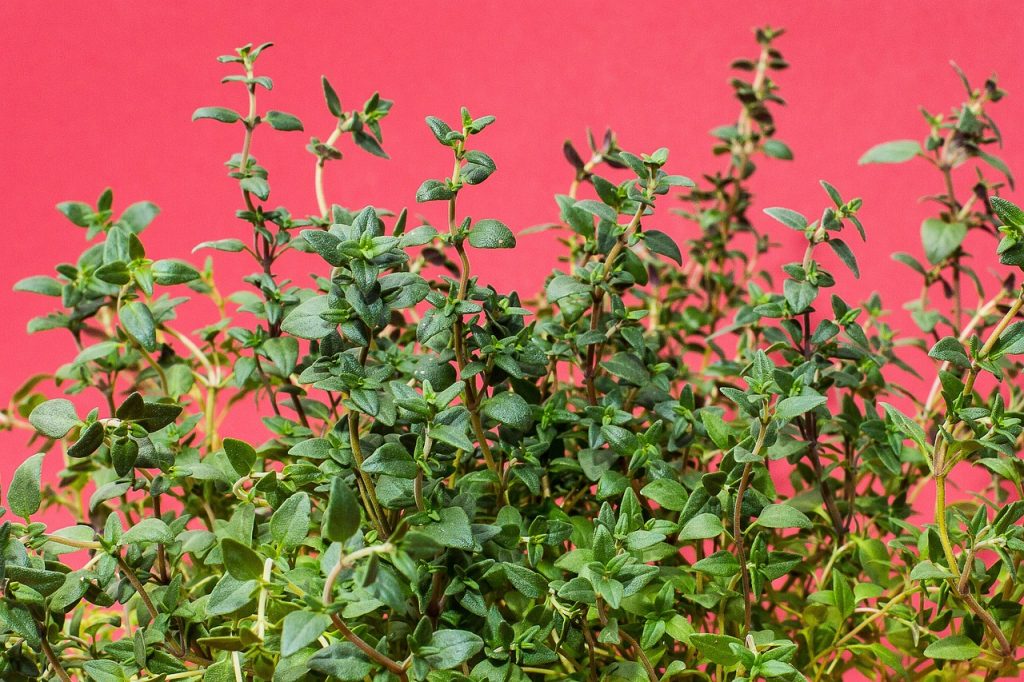
Thymus, or thyme, serves as both a lovely flowering perennial and a culinary herb, making it a versatile addition to a rock garden. With its aromatic leaves and delicate clusters of pink, purple, or white flowers, thyme draws the eye and the nose alike.
Thymus thrives in well-drained, dry soils and is incredibly drought-tolerant, making it perfect for the rocky terrain typically found in rock gardens. Between its culinary uses and ornamental qualities, thyme offers a plethora of benefits. Moreover, its low-growing habit allows it to form lush mats that can spill over rocks and crevices, adding to the garden’s layered look.
Santolina
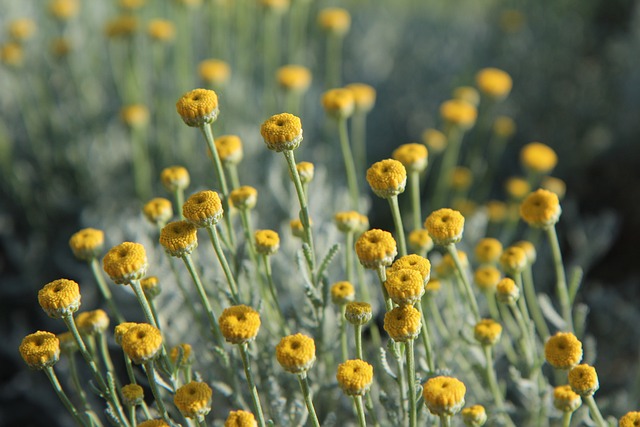
Santolina, or cotton lavender, is a delightful candidate for rock gardens, known for its compact growth and aromatic foliage. With its rounded, grey-green leaves and bright yellow flower clusters that resemble small pom-poms, Santolina offers a unique aesthetic.
It flourishes in sunny environments and tolerates poor soil, making it particularly suitable for the rock garden setting. As a drought-resistant plant, Santolina requires very little maintenance once established. Its dense foliage can serve as a fantastic ground cover, suppressing weeds while maintaining a distinctive appearance. Moreover, the aromatic quality of the foliage is a natural deterrent for certain pests, providing an added layer of benefit for your garden.
Delosperma

Delosperma, or ice plant, is known for its succulent foliage and vibrant flowers that bloom in shades of yellow, pink, or purple. This ground-covering perennial is perfect for rock gardens, where it thrives in well-drained soils and sunny locations.
Delosperma’s unique fleshy leaves allow it to conserve moisture, making it incredibly drought-tolerant. Additionally, the bright blossoms attract a host of pollinators, from bees to butterflies, contributing to the local ecosystem. Its sprawling nature makes it ideal for filling in gaps between rocks and creating a picturesque, cascading effect in the garden. The low-maintenance nature of Delosperma ensures its popularity among gardeners looking to add color without excessive care.
Gazania
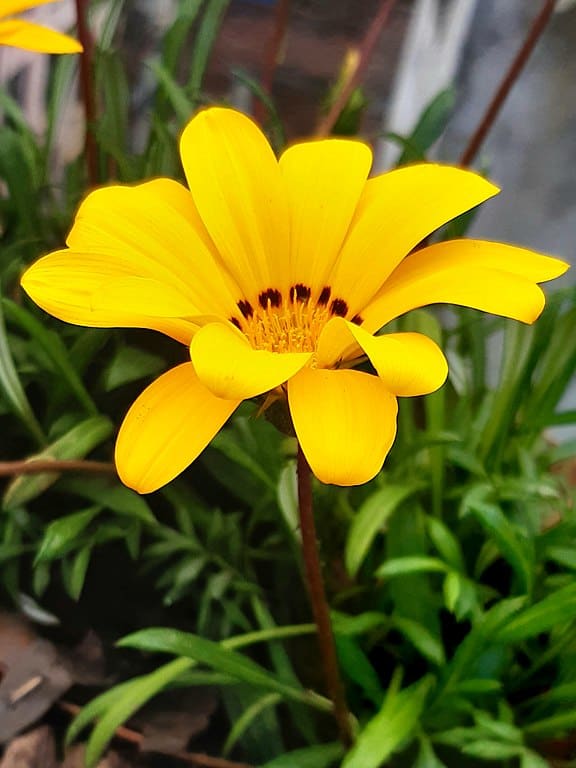
Gazania, also known as treasure flower, brings a splash of color to any rock garden. With daisy-like blooms that come in a myriad of colors—including yellow, orange, and red—Gazania thrives in sunny, dry areas. Its striking flowers open and close with the sun’s movement, creating a dynamic display in the garden.
These perennial plants require minimal water once established and prefer sandy soil, making them a perfect match for rocky landscapes. Additionally, Gazania’s foliage is semi-succulent, allowing it to endure periods of drought. This visually appealing flower not only enhances color in the rock garden but attracts a number of beneficial insects, making it an excellent choice for those looking to promote biodiversity.
Arabis
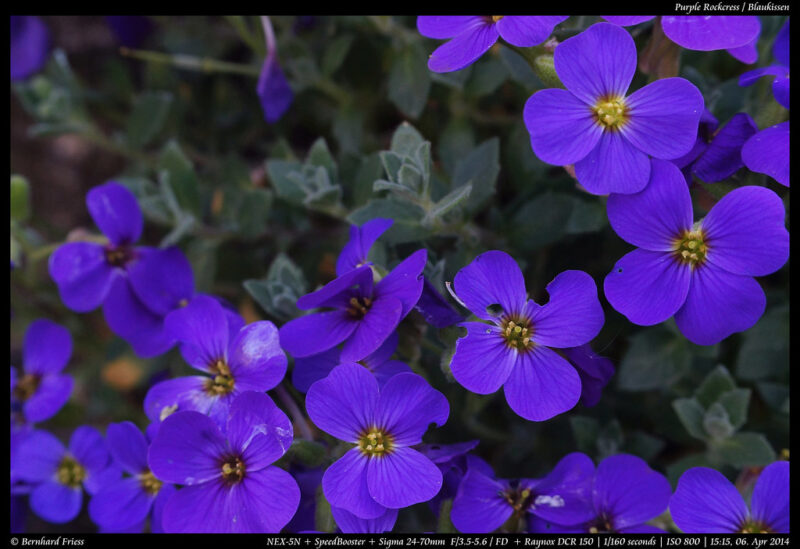
Arabis, or rock cress, is a charming perennial that brings a delicate touch to rock gardens. Its low-growing habit allows it to spread over rocky surfaces, while its small white, pink, or purple blooms add enchantment and beauty.
Arabis prefers alpine conditions, thriving in rocky, well-drained soil and full sun. It is also incredibly resilient, enduring challenging conditions that can cause other plants to struggle. This adaptability enables Arabis to fit seamlessly into various rock formations or garden beds. As an early spring bloomer, it often erupts in waves of color just when the garden begins to awaken from winter, providing a refreshing transition from the cold months.
Aubrieta
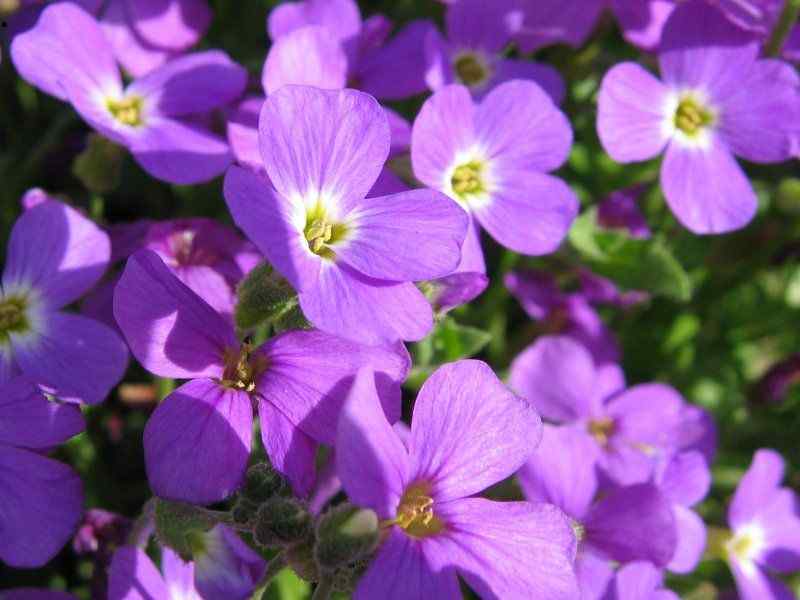
Aubrieta, often referred to as false rockcress, is a stunning choice for rock gardens, known for its showy, vibrant purple or blue flowers. This perennial thrives in crevices and rocky slopes, creating a stunning cascade of color as it spills over the stones.
Ideal for full sun, Aubrieta adapts well to various soil types, provided they are well-draining. It provides early spring blooms, energizing the garden as one of the first colorful displays of the season. Beyond its visual appeal, Aubrieta also attracts butterflies, contributing to a lively and lively atmosphere in your rock garden.
Alyssum
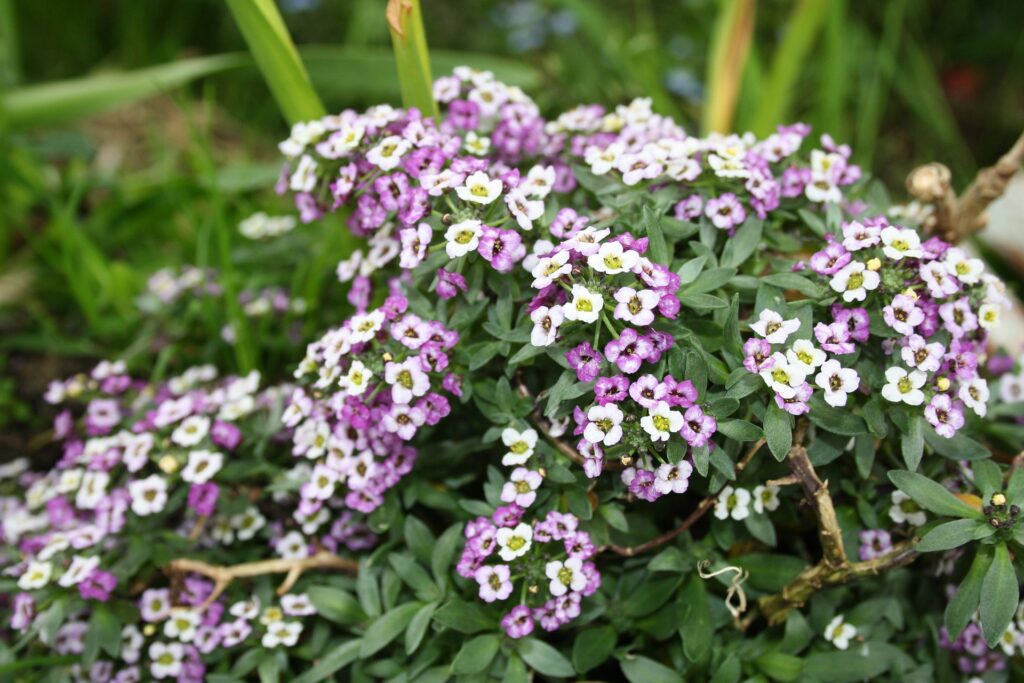
Alyssum is a lovely flowering plant featuring clusters of tiny, sweet-scented blooms that come in shades of white, yellow, or purple. Its low-growing habit allows for generous spreading, making it an excellent choice for borders and interspersing between larger rocks.
This hardy perennial thrives in well-drained soil and prefers full sun to partial shade. Alyssum is also known for attracting beneficial pollinators, enriching the biodiversity of the garden. Not only does it enhance visual appeal, but its fragrance also creates a delicate ambiance, perfect for those who enjoy spending time in their outdoor spaces.
Saxifraga
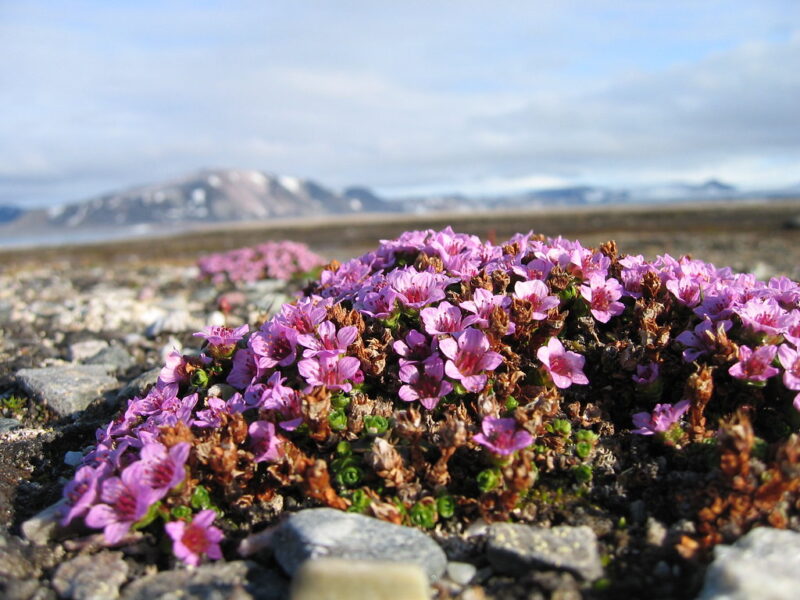
Saxifraga, or stonecrop, refers to a genus of plants that are particularly well-suited for rocky environments. With intricate rosettes of succulent leaves and beautiful flowers that bloom in spring, Saxifraga brings texture and delicate color to a rock garden.
There are various species within this genus, each with unique characteristics, but they generally prefer well-drained soil and bright sunlight. One of the key advantages of Saxifraga is its adaptability; it is capable of thriving in extreme conditions, from cold alpine regions to arid environments. This resilience makes it a top choice for gardeners looking to cultivate stunning landscapes with minimal upkeep.
Gentiana
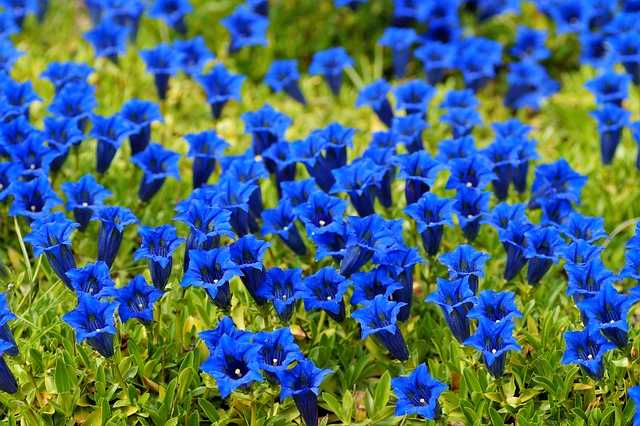
Gentiana, or gentian, is known for its mesmerizing blue flowers, making it a striking addition to any rock garden. The trumpet-shaped blooms can be found in shades ranging from deep indigo to bright sky blue, creating a lush focal point among the rocky environment.
These alpine perennials typically prefer cool temperatures and well-drained, acidic soil. While growing Gentiana may require slightly more attention, particularly in ensuring suitable soil conditions, the stunning results are worth the effort. Their interesting growth patterns and vibrant colors can transform a humble rock garden into a captivating display of beauty.
Silene
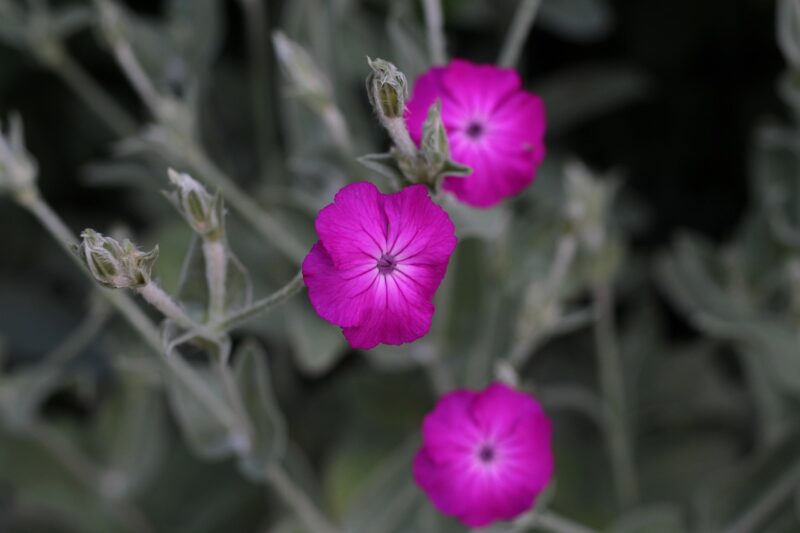
Silene, or campion, is a versatile and hardy flower that thrives in rocky habitats. Known for their vibrant pink or white flowers and fuzzy green leaves, Silene plants add a soft and romantic touch to any landscape.
They prefer well-drained, sandy soils, often growing in sunny locations where they can flourish without excessive moisture. Silene typically blooms in late spring to early summer, attracting a variety of pollinators, including bees and butterflies. They also provide a charming contrast to more rugged rock formations, enhancing the overall appeal and softening harsh lines in the garden.
Campanula
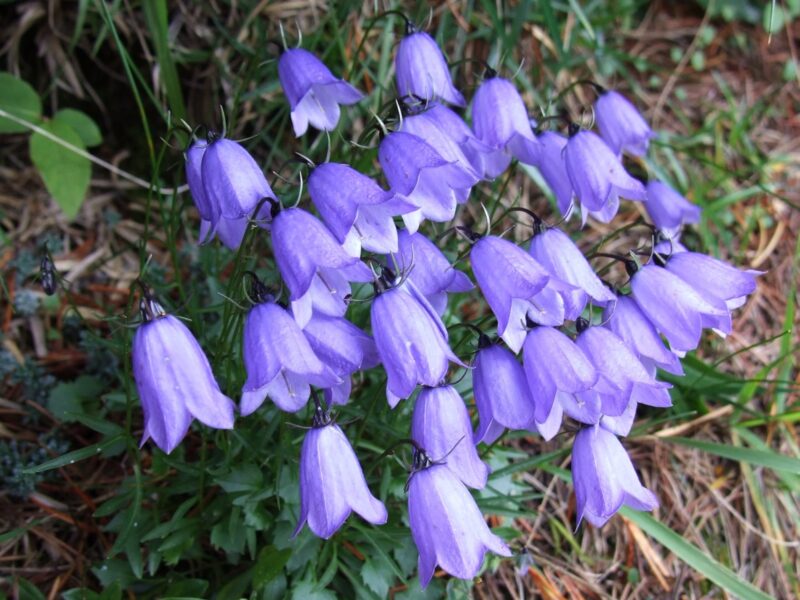
Campanula, or bellflower, is known for its charming bell-shaped blooms, which have the ability to create enchanting displays in a rock garden. Offered in various shades of blue, purple, and white, this perennial adds elegance and vibrant color to the landscape.
Campanula thrives in well-drained soil and prefers sunny to partially shaded areas, making it suitable for various spots in a rock garden. With some species having a trailing habit, they are perfect for spilling over rocks or filling gaps, seamlessly blending into the natural surroundings. Their hardy nature also ensures they remain a reliable choice; once established, they thrive under minimal care.
Leontopodium
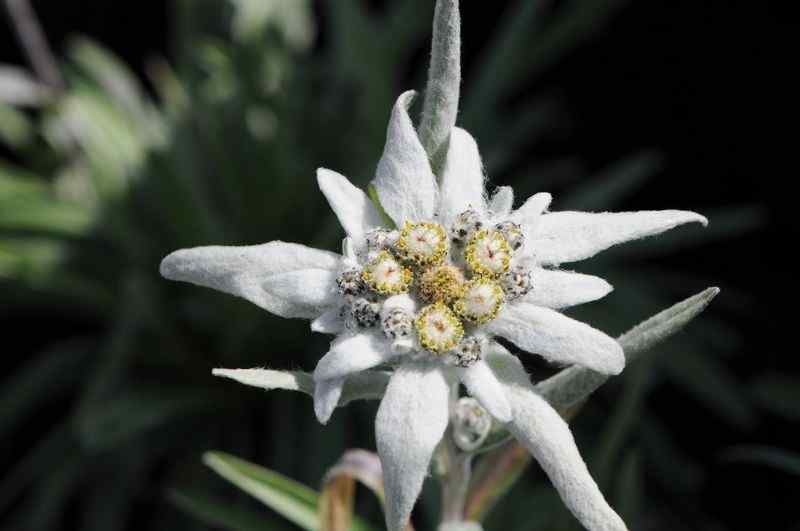
Leontopodium, more commonly known as edelweiss, is a stunning alpine plant that adds a touch of romance and nostalgia to rock gardens. Its star-shaped white flowers grow on green, woolly stems, reminiscent of mountainous landscapes.
This perennial is well adapted to rocky terrains and prefers well-drained, gritty soil, thriving in full sun conditions. While its unique look is striking, edelweiss can represent much more: it is often associated with rugged mountain life and is a symbol of love and adventure. Growing edelweiss in your rock garden could serve as a lasting tribute to those journeys or a heartfelt connection to alpine beauty.
Phlox
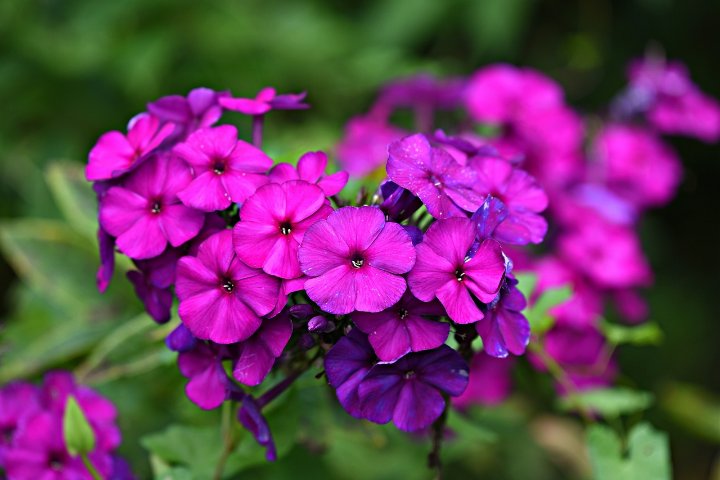
Phlox is a diverse genus of flowering plants that offers bright, vibrant colors and delightful fragrances. Perfect for rock gardens, perennial phlox blooms in a range of hues, from deep purples and pinks to bright whites, contributing to a lively atmosphere.
This sun-loving plant prefers well-draining soil and can adapt to various conditions, although it flourishes in full sun environments. Phlox also serves as an excellent pollinator plant, attracting butterflies and other beneficial insects. With both trailing and upright varieties available, phlox can add vertical interest or create lovely ground cover among rocks and stones.
Papaver
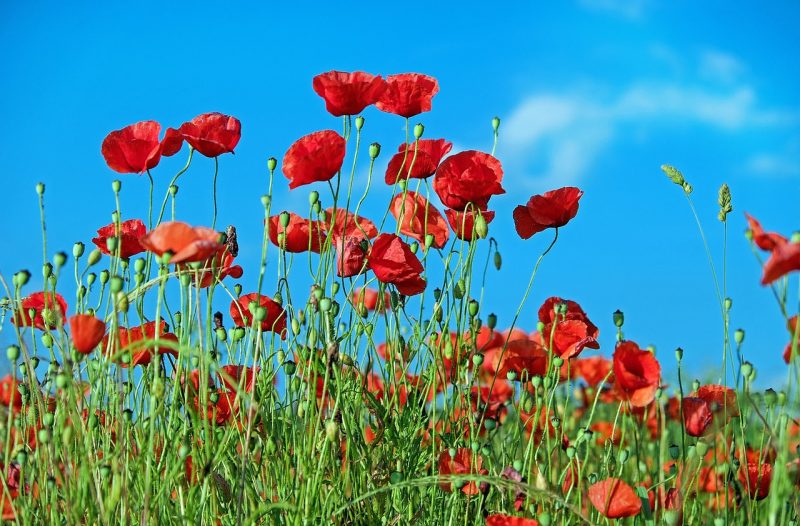
Papaver, or poppy, presents a striking visual element in rock gardens with its large, flamboyant flowers and vibrant colors. Ranging from reds and oranges to yellows, poppies can provide a dramatic contrast to the more delicate blooms in your garden.
These cheerful flowers thrive in well-drained soil and sunny locations, flourishing in the rocky environments often found in rock gardens. While they are relatively low-maintenance, it is essential to allow the soil to dry out between waterings, promoting healthy root development. With their showy, ephemeral blooms, poppies can add a touch of majesty and boldness to the landscape.
Aquilegia
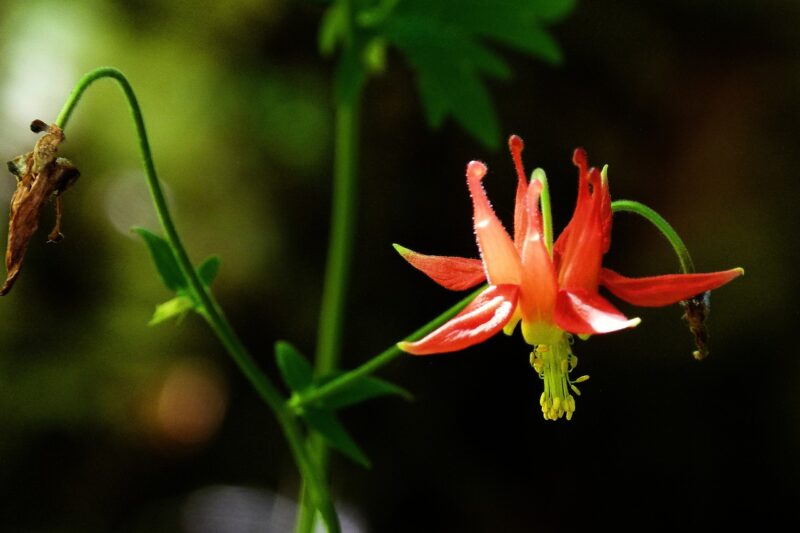
Aquilegia, commonly known as columbine, is renowned for its intricate, spurred blooms that often resemble the shape of a bell. Available in various colors—ranging from pastel shades to vivid hues—columbine effortlessly elevates the visual interest of a rock garden.
This perennial prefers partial shade and well-draining soil, making it adaptable for a range of planting scenarios. Aquilegia’s unique, whimsical flowers are particularly appealing to hummingbirds, further enhancing your garden’s biodiversity. The foliage heals each spring and can provide an attractive backdrop for other blooms, allowing for a stunning interplay of colors and forms throughout the gardening season.
Viola
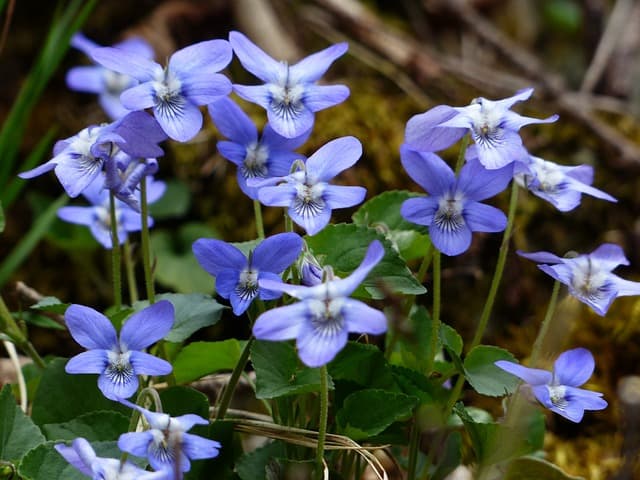
Viola, or pansy, is a classic flower often associated with charm and friendliness. With its familiar heart-shaped leaves and cheerful blooms, Viola is excellent for rock gardens, particularly in spring and fall. Available in multiple colors and patterns, they can enhance the garden with their vibrant hues.
These lovely biennials thrive in well-drained, fertile soil and enjoy partial shade to full sun, allowing them to fit into various niches in the rock garden. Their ability to bloom in cooler temperatures makes them a delightful choice for early spring gardens, ushering in vibrant colors just when many other plants are still waking up. Moreover, the scent and allure of Violas can provide inviting spots for pollinators, enhancing the garden’s natural ecosystem.
Androsace
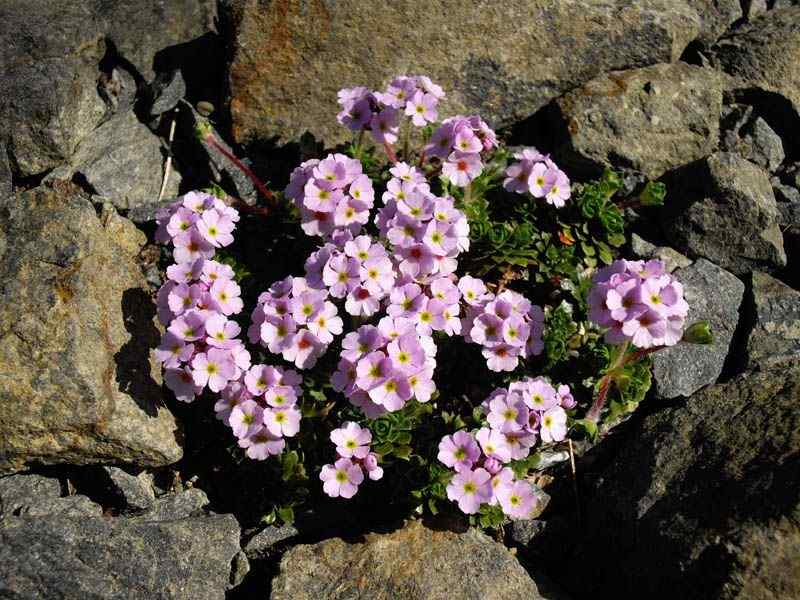
Androsace, or rock jasmine, is an alpine perennial characterized by its small, usually pink or white flowers that bloom in dense clusters. This plant is a wonderful option for rock gardens, where it can thrive in rocky crevices while providing beautiful seasonal blooms.
Preferring well-drained soil, Androsace is drought-tolerant and adapts well to sunny conditions. Its compact growth habit makes it an excellent choice for filling gaps in rocky landscapes, while its delicate flowers create a lovely contrast to the rugged textures of stones. For gardeners looking to evoke an alpine or mountainous aesthetic, Androsace is a reliable and charming option.



